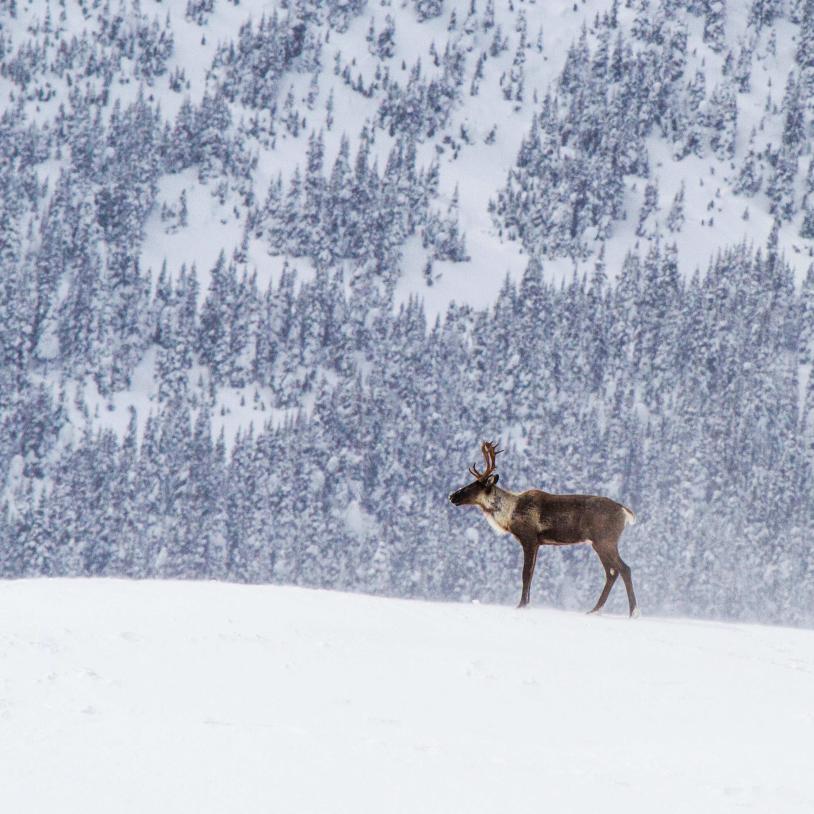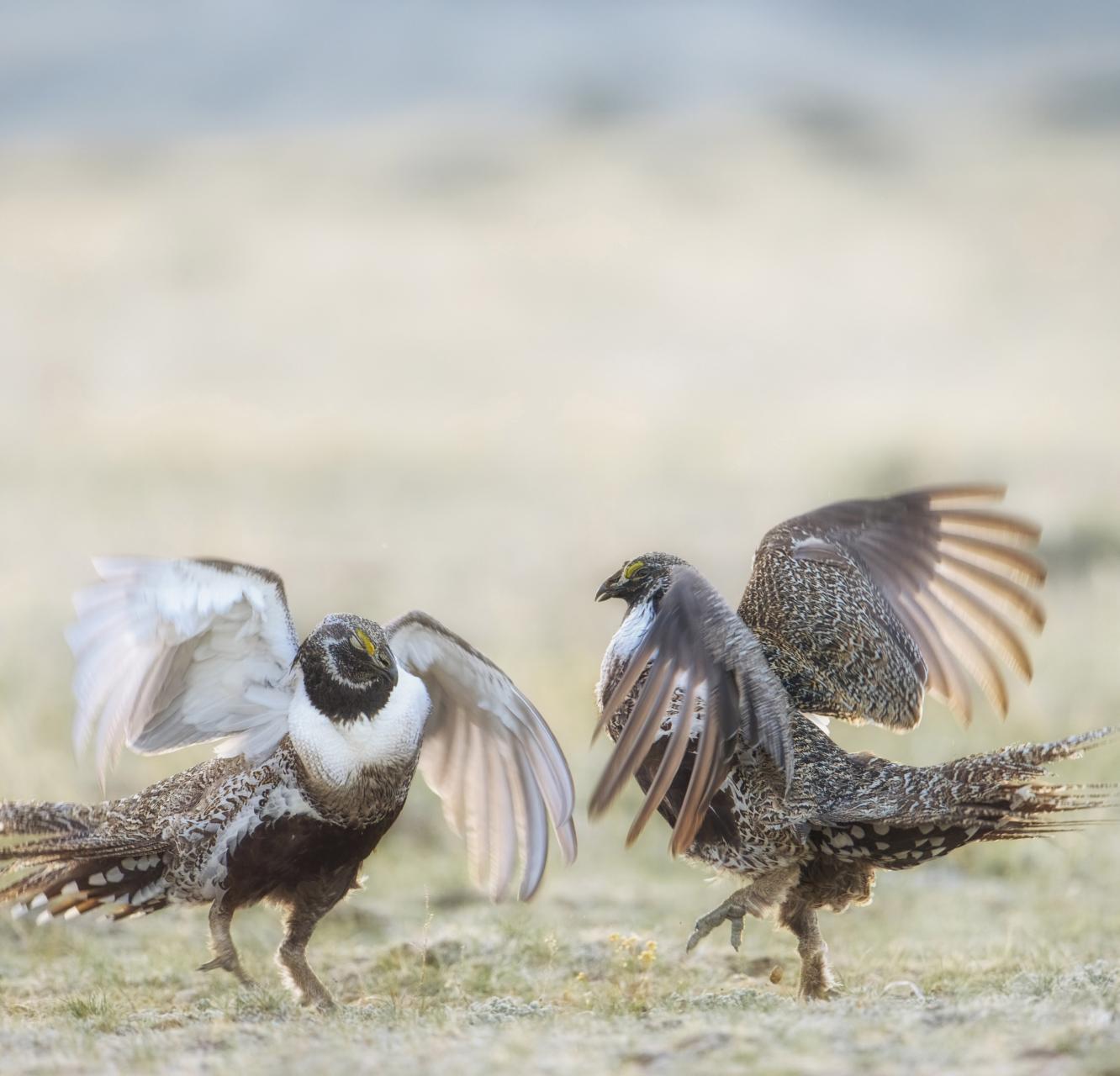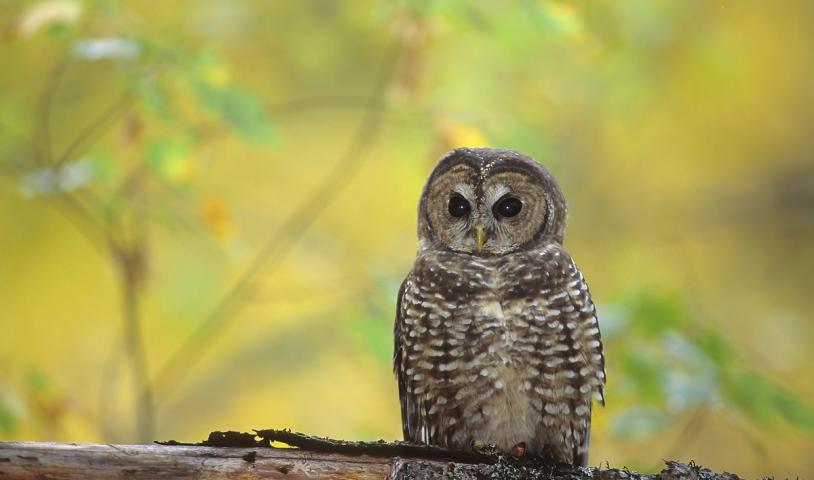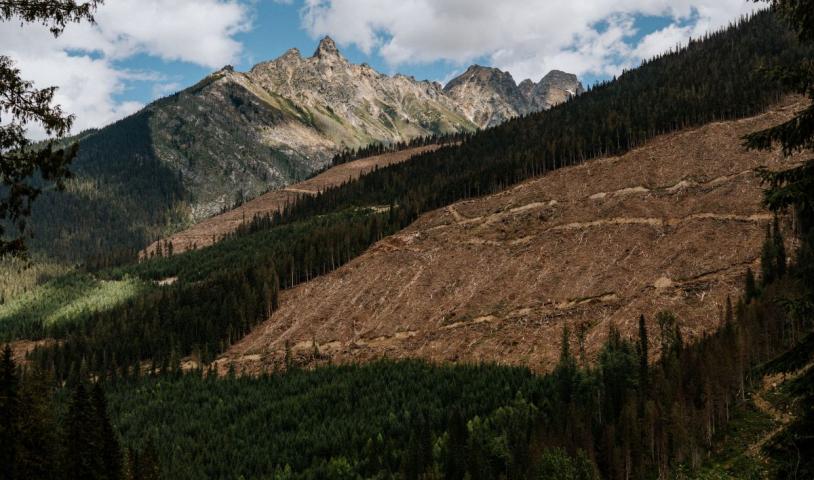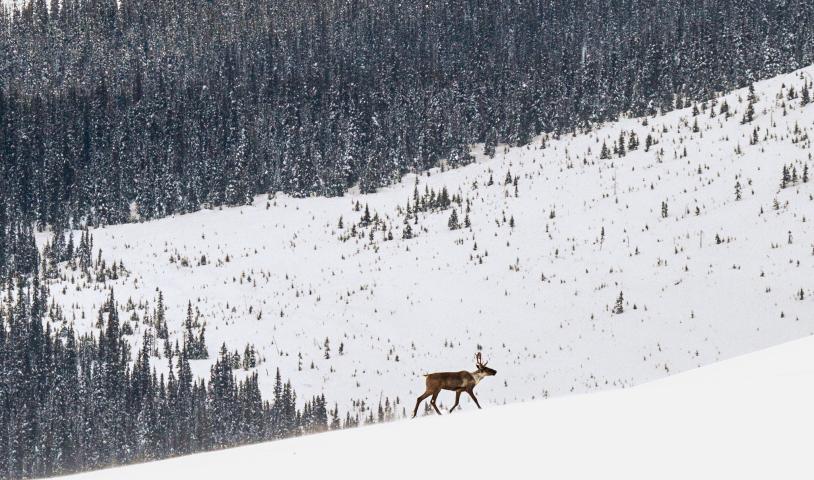Ottawa urged to protect sage grouse
Thursday, November 24, 2011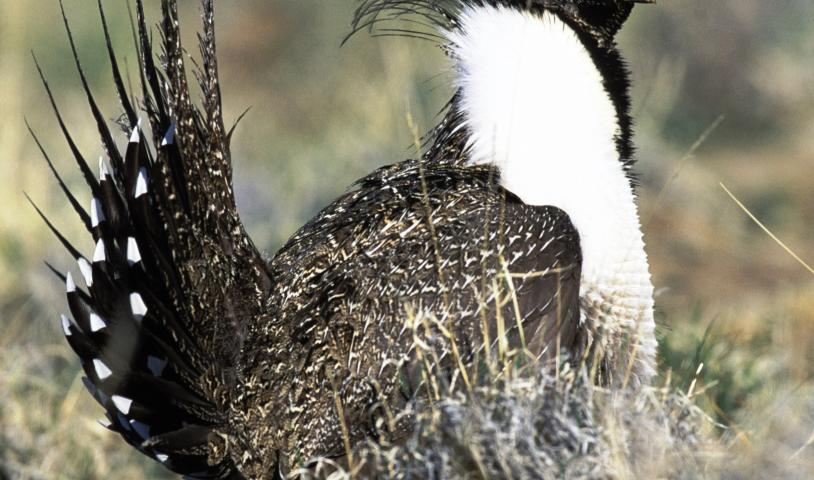
A dozen environmental groups are threatening the federal government with legal action unless it overrules two provinces and takes emergency steps to save sage grouse.
They say the distinctive bird could be gone from Alberta within a year if nothing is done quickly.
The threat comes in a letter sent Wednesday to federal Environment Minister Peter Kent, in which the groups say Canadian law requires Ottawa to preserve threatened species if provincial governments aren't doing the job.
"It's a legal demand letter and a clear threat of legal action down the road," said lawyer Sean Nixon.
"I don't know if you could have a clearer case of imminent threat to survival, given the rapid decline in the numbers."
Scientists say a species that numbered 20,000 a few years ago across the southern prairies is down to 13 male birds in Alberta and 43 in Saskatchewan.
"The probability of them being around in the next couple years is slim," said biologist Mark Boyce of the University of Alberta. "They've just gone down, down, down."
Oil and gas development the main concern
The reason, he said, is oil and gas development. Overgrazing by cattle has been a problem, but ranching is no longer the main issue, he said.
The decline "marches right along with industrial development in the area, the oil and gas development," said Boyce. "The major change in the landscape has been the very rapid escalation of oil and gas."
The birds depend on thick growths of silver sage, which provides both food and cover from predators, but that plant is getting scarcer with development. And raptors use structures such as oil wells as hunting platforms to spot grouse.
A male sage grouse can weigh up to 3.6 kilograms and the female can grow to about half that size. The males have a yellow patch over their eyes, are greyish on top, have a white breast, a dark-brown throat and a black belly.
The male has a yellowish neck sac for elaborate courtship displays. The bird inflates the sac, puffs out its chest and struts and dances to attract females.
Boyce said the federal government has identified critical grouse habitat on lands under its jurisdiction as part of its recovery plan for the species. But Alberta and Saskatchewan continue to allow development on lands they control.
"We now know where the critical habitat is, but they go ahead plunking oil wells and roads all the way through the middle of that habitat," he said.
"The law says that the federal government will intervene when the provincial government fails to do its job. It's very clear the provincial government has failed to do its job."
Nixon said Kent is obliged under the Species At Risk Act to block any further development despite objections from provincial governments.
"We've given him until Jan. 16 to respond. We're ready and willing to take him to court to force him to obey the law."
Alberta says it has situation under control
Darcy Whiteside of Alberta's Department of Sustainable Resource Development said the province is working with industry to reduce its footprint.
He said no new development is allowed in parts of the sage grouse's range and at least two well sites in the area have been officially reclaimed.
Alberta has the situation under control, said Whiteside.
"We have the research. We have the scientists. We know the land. It's Alberta land."
Alberta has also arranged with Montana to bring in 60 sage grouse a year for another three years. There have been problems with the radio tracking devices attached to the birds, but the department is aware of at least one of the immigrant grouse laying a clutch of nine eggs last spring.
Boyce called that strategy useless without habitat protection.
"If you don't have the habitat, what good is it to put the birds out there to die?"
David Ingstrup of the Canadian Wildlife Service said the federal government is aware of the urgency.
"We're always looking at what actions are being taken by provincial and other jurisdictions," he said.
"In October 2009, critical habitat for sage grouse was identified. We're continuing to work very actively to work through the studies that are required to complete further identification of critical habitat."
Ingstrup couldn't say what the time frame might be to protect some of those areas.
